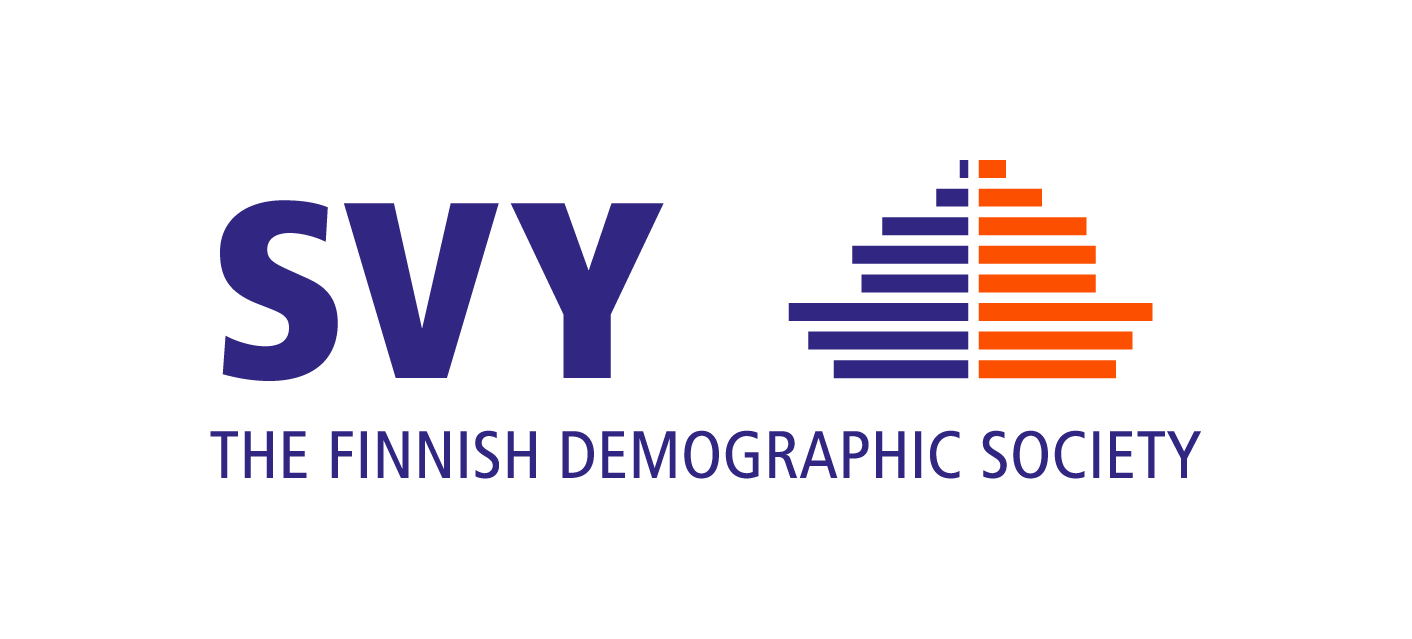Hungarians in Finland and Sweden: Comparison of Some Sociocultural and Demographic Factors on Language Choice, Culture and Identity
Keywords:
Hungarians, Finland, Sweden, language choice, culture, identity, sociocultural factors, demographic factors, minority culture, language, immigrants, second-generation, bilingualism, sociology of language, comparative sociolinguisticsAbstract
This article provides an overview of some sociocultural and demographic factorsof language maintenance and shift among Hungarians in Finland and Sweden,
predominately at the group level. Some of the factors described are: the historical
background of Hungarian immigration, settlement patterns, demographic development,
geographical areas, participation in Hungarian associations along with the attitudes of
the majority group towards Hungarians and the Hungarian language. After this some
data is presented about language choice, culture and identity of second-generation
Hungarians. The article shows that Hungarians are not a single unified group in Sweden
or Finland and both groups face factors that can support or hinder the preservation
of the Hungarian language and culture. Swedish-Hungarians have a greater ability
to preserve their Hungarianism as a group due to population size and concentration
in certain areas, while Finnish-Hungarians can maintain their Hungarian identity
due to their comparably high status in society and the positive attitudes of the Finnish
majority.
How to Cite
Straszer, B. (2012). Hungarians in Finland and Sweden: Comparison of Some Sociocultural and Demographic Factors on Language Choice, Culture and Identity. Finnish Yearbook of Population Research, 47, 5–30. https://doi.org/10.23979/fypr.45072








